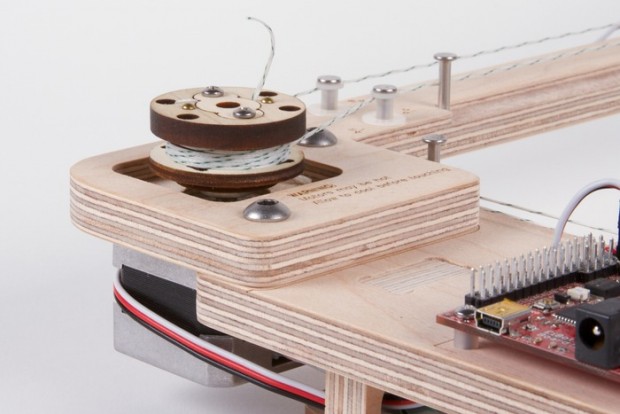
- #WATER COLORBOT INSTALL#
- #WATER COLORBOT SERIAL#
Using a USB cable, connect your Arduino microcontroller to your computer. Copy the “Tin圜NC_Gcode.ino” Arduino sketch folder into your Arduino IDE’s sketch folder. Copy the “Tin圜NC_WASD.ino” Arduino sketch folder into your Arduino IDE’s sketch folder. Copy the “Tin圜NC_Shapes.ino” Arduino sketch folder into your Arduino IDE’s sketch folder. (Look for the download button along the right side of the page) Download the Inkscape extension for outputting G-Code for the MakerBot Unicorn Pen Plotter by Marty McGuire. This guide will assist the user in using each of these three sketches, culminating in the ability to draw images. There are three different Arduino sketches that provide an increasingly sophisticated level of sophisticated operation.  The open source vector graphics program Inkscape is used to convert vector graphic images into a series of Gcode instructions, using an extension.
The open source vector graphics program Inkscape is used to convert vector graphic images into a series of Gcode instructions, using an extension. #WATER COLORBOT SERIAL#
A Processing sketch is used to open a text file containing Gcode and send the commands over a serial USB connection to the robot. The sketch “listens” for a line of Gcode, interprets it, and then moves the robot accordingly. The only instructions this sketch will interpret are G1 (to move the robot to a particular XY coordinate) and M300 (to raise or lower the Z axis). An Arduino sketch is necessary for the Arduino attached to the robot to interpret basic Gcode CNC instructions. #WATER COLORBOT INSTALL#
These are an Arduino sketch, a Processing sketch, and a plugin for Inkscape. ((For the sake of brevity and to maintain a focus on the operation of this particular robot, this guide assumes the user is able to install these programs, install any necessary drivers, and troubleshoot any problems with their particular computer, operating system, and microcontroller.)) Each piece of software in this toolchain is entirely open source and multi-platform.


The Tin圜NC robot uses three separate pieces of software to operate as a 3-axis CNC or, if you prefer, a drawing robot. This Tiny 3-axis CNC software guide is designed to assist the user of the robot in quickly and easily operating their robot.







 0 kommentar(er)
0 kommentar(er)
